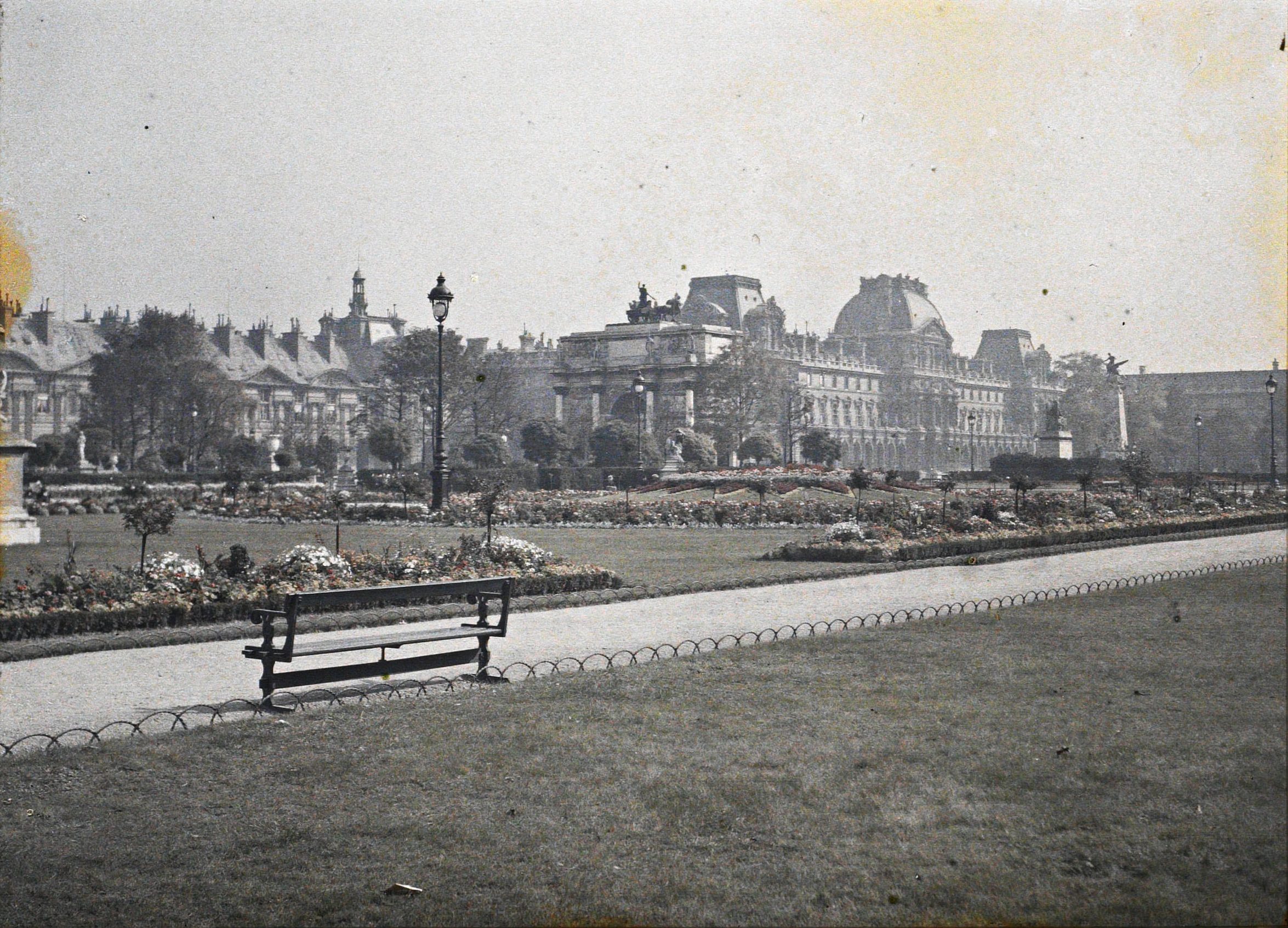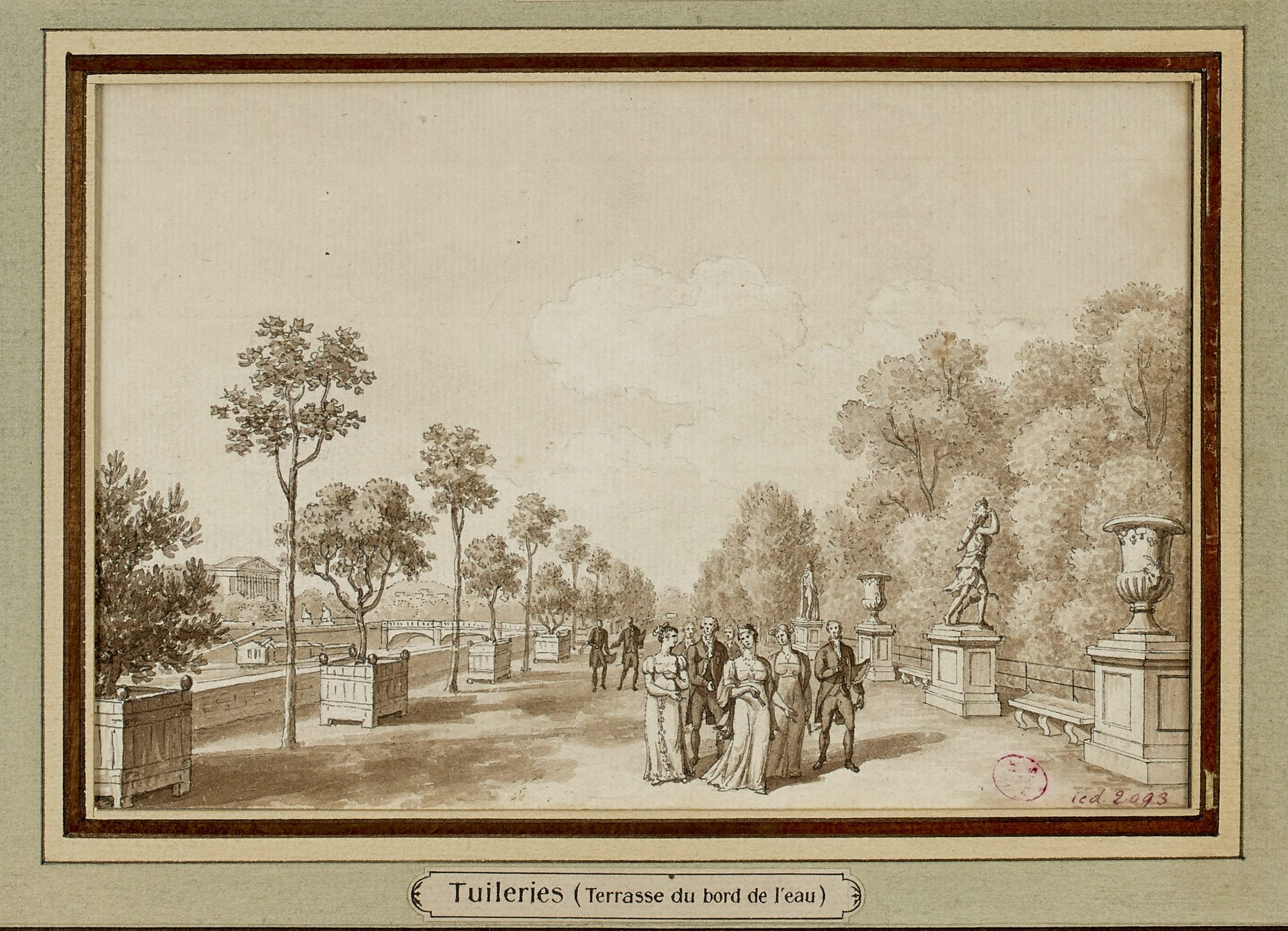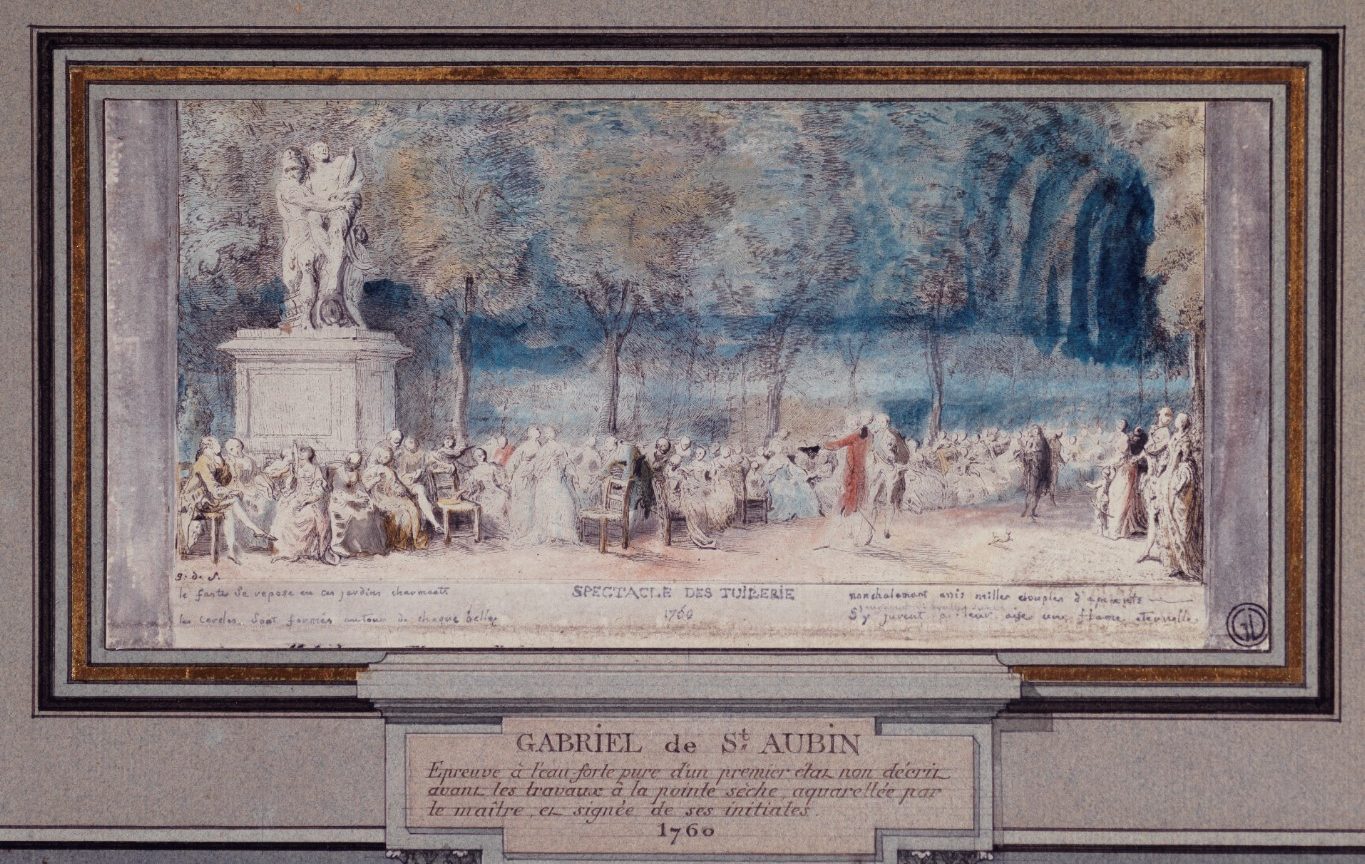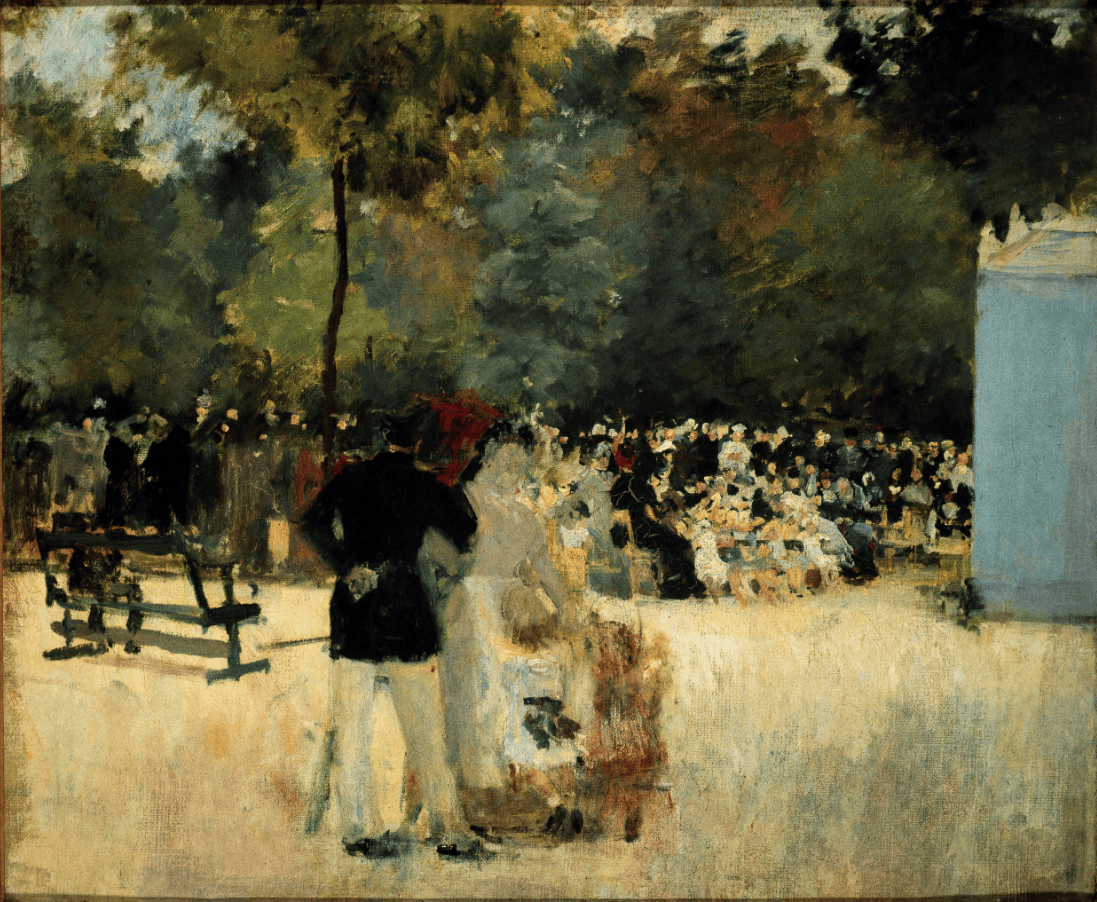
- Chronicle
Urban furniture, or the image of Paris
Paris would not be Paris without its public benches. Part of the urban furniture that helped forge the capital’s identity
Their story begins in the 19th century. In 1855, the prefect Haussmann created the city’s ‘Service of Promenades and Plantations’. A team composed of engineer Adolphe Alphand, horticulturist and landscape architect Jean-Pierre Barilhet-Deschamps and architect Gabriel Davioud strove to create green spaces in the capital, transforming or creating the Bois de Boulogne and Vincennes, the Buttes-Chaumont, Parc Montsouris, and many other gardens and smaller parks.
Designed by Davioud, the urban furniture present at these locations – benches, lamp posts, bins, railings, and even lawn edging hoops – had to be made of cast iron. This new aesthetic appeared in an illustrated publication titled Les Promenades de Paris, published between 1867 and 1873. Innovation thus benefited the people.
Two ‘Davioud’ benches are of particular interest: the first – one-sided and gondola-shaped – was installed in gardens; the other – double-sided and displaying the city’s coat of arms – was made for pavements. It was at this time that the ‘tree/bench’ pairing – which offered passers-by a chance to rest in the shade – became an emblem of Paris.
In the same spirit, the Tuileries Garden – a park under the jurisdiction of the state, rather than the city – was equipped with cast-iron benches; while one of the two models closely resembles the double-sided ‘Davioud bench’, it is set apart by the absence of a coat of arms, and its lion-paw feet. This update was introduced a little later, in the 1880s.
Découvrez les
Chroniques du Jardin
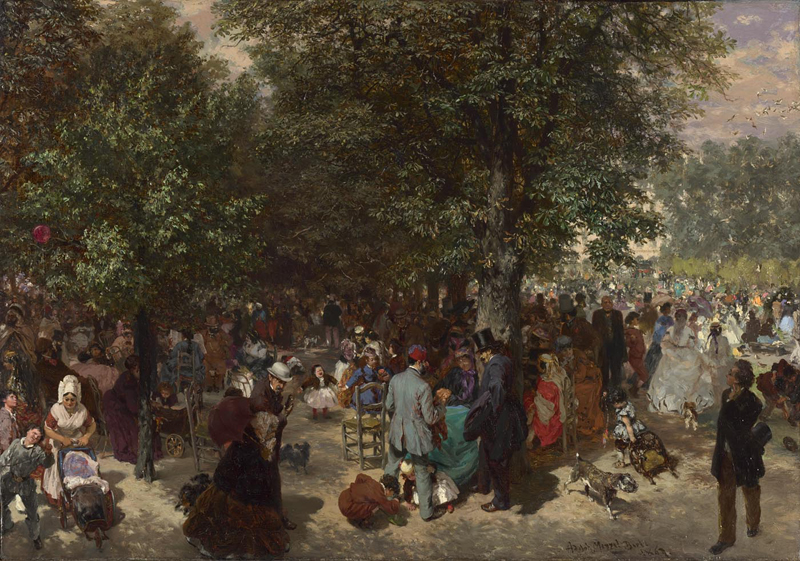
- Chronicle
